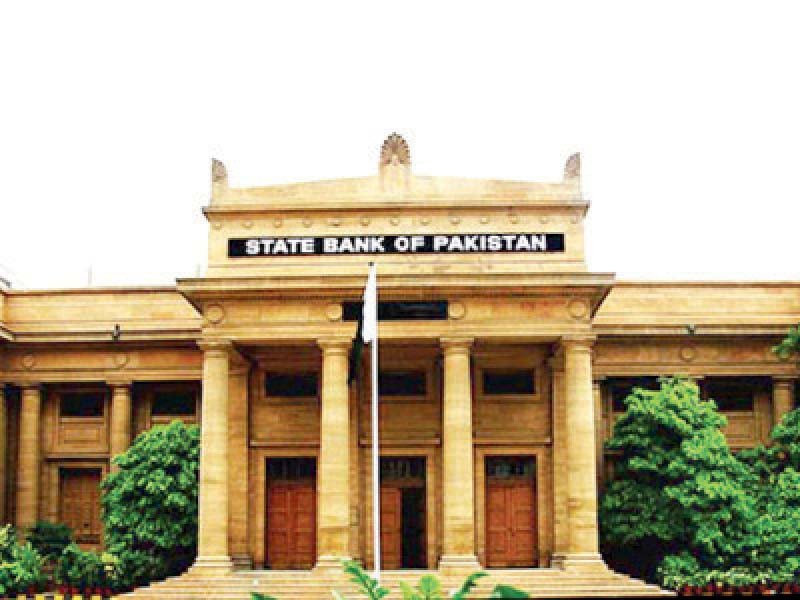
KARACHI:
The State Bank of Pakistan (SBP), in its Quarterly Payment Systems Review for the first quarter (July-September) of financial year 2024-25, has highlighted significant strides in Pakistan’s journey towards a cashless and digitally inclusive economy.
The report, released on Friday, mentioned a robust growth in digital payment adoption, infrastructure development and a gradual shift away from cash and paper-based instruments.
Retail payments during 1QFY25 grew 8% in volume to 1,951 million with the value standing at Rs136 trillion. Payments through digital channels recorded a quarterly growth of 9% by both volume and value, reaching 1,699 million and Rs36 trillion.
“Digital channels are now handling 87% of retail payments by volume, showcasing the growing public trust in digital payments,” the report said.
Mobile banking apps provided by banks, microfinance banks (MFBs), branchless banking services and electronic money institutions (EMIs) played a pivotal role in the growth, with 1,301 million transactions amounting to Rs19 trillion being carried out through those apps during the quarter, up 11% in volume and 14% in value.
The collective number of mobile banking app users grew 4% to 96.5 million from 93 million in the previous quarter.
According to the report, e-commerce is also emerging as an integral component of Pakistan’s digital payments, with a 29% increase in online e-commerce payments.
Of the 118 million online e-commerce payments during the quarter under review, 91% were conducted through digital wallets, signifying a shift from traditional card-based systems.
Complementing this growth, the number of Point-of-Sale (POS) terminals expanded to 132,224, which enabled 83 million transactions worth Rs429 billion.
Furthermore, the ATM network grew to 19,170 units and facilitated 243 million transactions worth Rs3.9 trillion, maintaining its key role as a cash withdrawal channel.
The State Bank said that efforts to include underserved segments gained further momentum, where branchless banking agents played a critical role in extending financial services, especially in rural and remote areas.
Over 693,178 agents processed 28 million bill payments/mobile top-ups and 75 million cash deposit and withdrawal transactions during the quarter. Retail merchants accepting digital payments saw a 16% growth, driven by branchless banking initiatives that enable payments through mobile wallets, QR codes and other digital tools.
“These developments underscore the importance of alternative financial channels in bridging economic disparities across regions,” it said.








